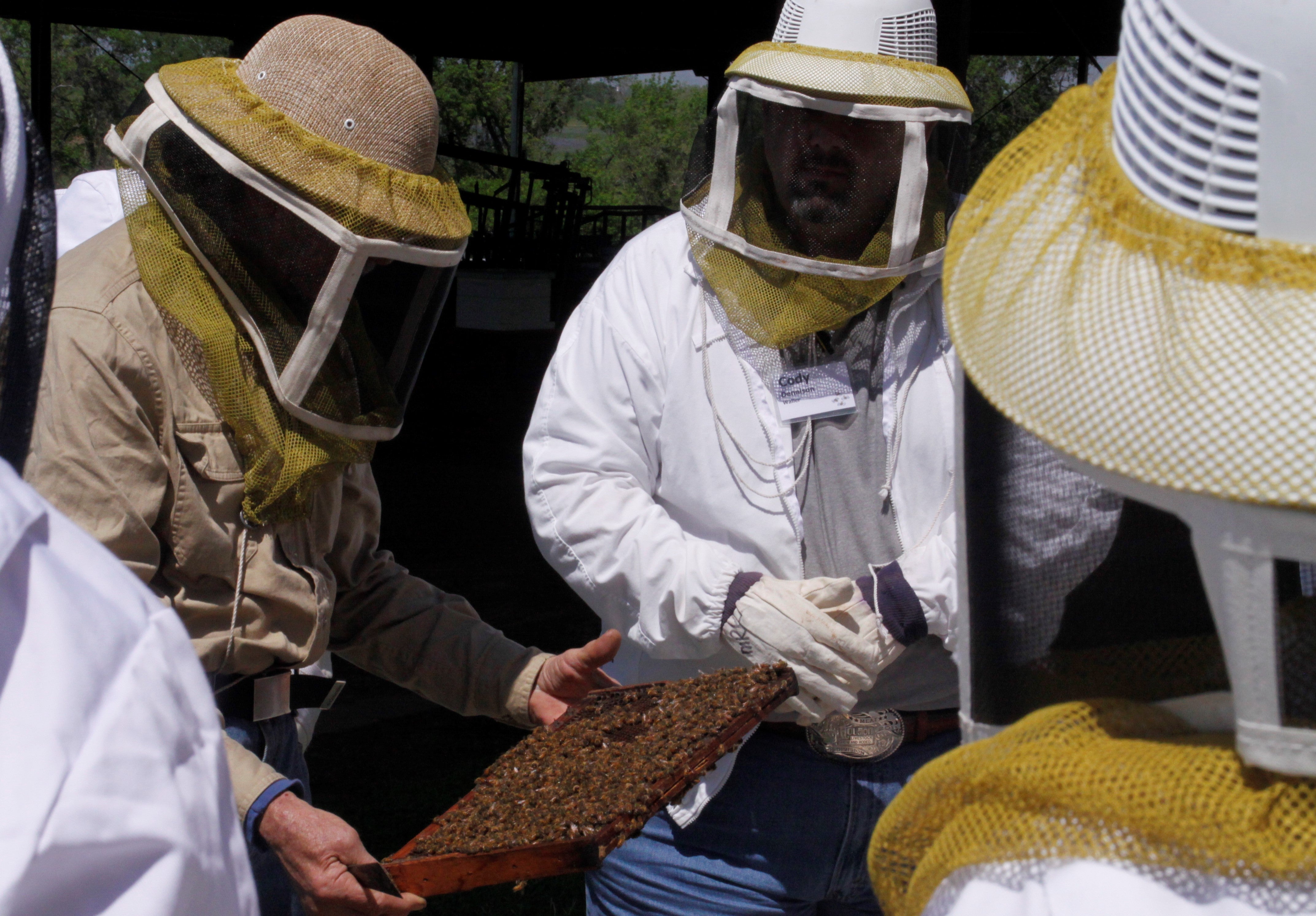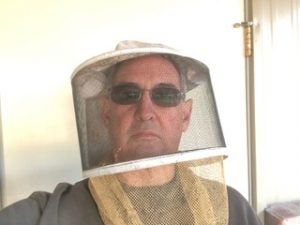Life as an Amateur Beekeeper
Published 11:04 am Saturday, April 11, 2020
|
Getting your Trinity Audio player ready...
|
Many years ago, I started keeping honeybees as a way to pollinate a few blueberries I had managed to get to live. After killing a few hives and struggling along, I found some local beekeepers to mentor me, a program sponsored by the Texas Apiary Inspection Service and lots of books and YouTube videos, I consider myself a hobby beekeeper.
Beekeeping in Spring is a busy time, bees are coming out of winter, exploding in numbers in preparation of a spring honey flow, swarms are showing up. As a beekeeper, I’m splitting hives and checking to see if the bees have filled existing boxes and needing added boxes.
While spring is busy, winter is when a beekeeper makes it or breaks it.
Winter is a critical time for two main reasons.
First is our early warm days can trigger the queen to ramp up egg-laying before the flowers have had time to burst forward with nectar. The results are a lot of hives that find themselves short of honey stores and begin to starve.
The beekeeper must stay on his/her toes to catch these starving hives and begin feeding.
The second item for a beekeeper is cleaning, preparing and building wood-ware. For every hive in the field, the beekeeper needs one in the barn plus an extra deep box with frames and foundation.
I have about 50 hives in the field most with two deep boxes as brood area. This means I need 50 bottom boards, 50 inner covers, 50 telescoping lids, 100 deep boxes and 1000 frames with foundation ready to go.
It’s easy to get behind in your preparation and if you ever get behind it’s almost impossible to catch up.
When the queen gets to laying 2000 eggs per day the hive can double in size every 20 days. When the main nectar flow starts in May a hive can add 100 pounds of honey in 14-15 days.
So, you really must be inspecting and checking your hives.
To add to all of the good things going on in your hives, there are several bad things that can happen also.
The bee activity can allow the bottom board to become a collection point for debris and a location for Small Hive Beetles to get a foothold, and the Asian Varroa Mites are multiplying along with the new bee brood. The combination of mites and beetles can spell doom for a hive. If not really watchful, the hive can look good and healthy at first glance and be a stinking, nasty mess in only a couple of weeks.
Once you get through spring, you begin to think I have this on my hip, just to realize there are times in summer when there are NO flowers and the nectar dries up.
The bees go into survival mode and begin consuming the nectar they stored up, however, there are always really strong hives that decide it easier to go rob honey from weaker hives and to not consume their own honey stores.
These robbers can wipe out a weaker hive in just hours or a couple of days. Robbing can be stopped but you must see it to stop it. This means check, check, check your hives.
Finally, it’s time to rob your hives to see if you can collect a little honey and maybe sell enough to support your hobby.
You head into the field to find frames of honey each weighing about 10 pounds. You survey the hive make your best estimate of how much to take and how much to leave the bees for winter.
You collect your frames of honey to realize a wood-ware deep box of honey weighs 100 pounds. You lug it to the truck and get another box.
Once finished collecting you head home to begin extracting the honey. If must all be extracted within a couple of days otherwise those nasty hive beetles will lay eggs and hatch larva that can destroy your honey crop.
So you work from daylight to exhaustion to get the honey uncapped and extracted.
Ok, I’ve got the honey extracted and sealed in new white cleaned buckets. I still must bottle and sell but first I must deal with all the frames of wax after the honey is removed.
These frames are precious to the beekeeper, each frame is an investment of about $3 plus time and effort for each frame and wax foundation. An investment by the bees in wax production and days of cell forming.
If left unprotected, wax moths will destroy these frames quickly. The frames must be cleaned (your bees will do this job for you) stored where they are kept somewhat cool (wax softens at 120F and melts at 140F) and where wax moths cannot get to them (really a tough job).
Ok, now it’s time to rest, well not quite yet.
Fall brings a decrease in the queen’s egg-laying, hives begin to decrease in the number of bees in preparation of winter. As the number of bees lowers, the percentage of Varroa mites goes up as mite numbers don’t go down with the bee numbers.
This gives the mites an opportunity to overpower the hive and bring destruction. The beekeeper must be vigilant and ready to treat to keep the mite numbers below one or two mites per 100 bees, the lower the better. This means inspect hives, test for mites and treat if needed.
Ok, I made it through Fall, now it’s time to rest. No. It’s winter and this is when your prep will make or break next year.
HELP your LOCAL Beekeeper. ONLY BUY from a real Local Texas Beekeeper. Find us at “Real Texas Honey”, “Texas Beekeepers Association”, farmers markets, roadside sales or call your local Agricultural Agent.
Len VanMarion is a TAIS Master Beekeeper







